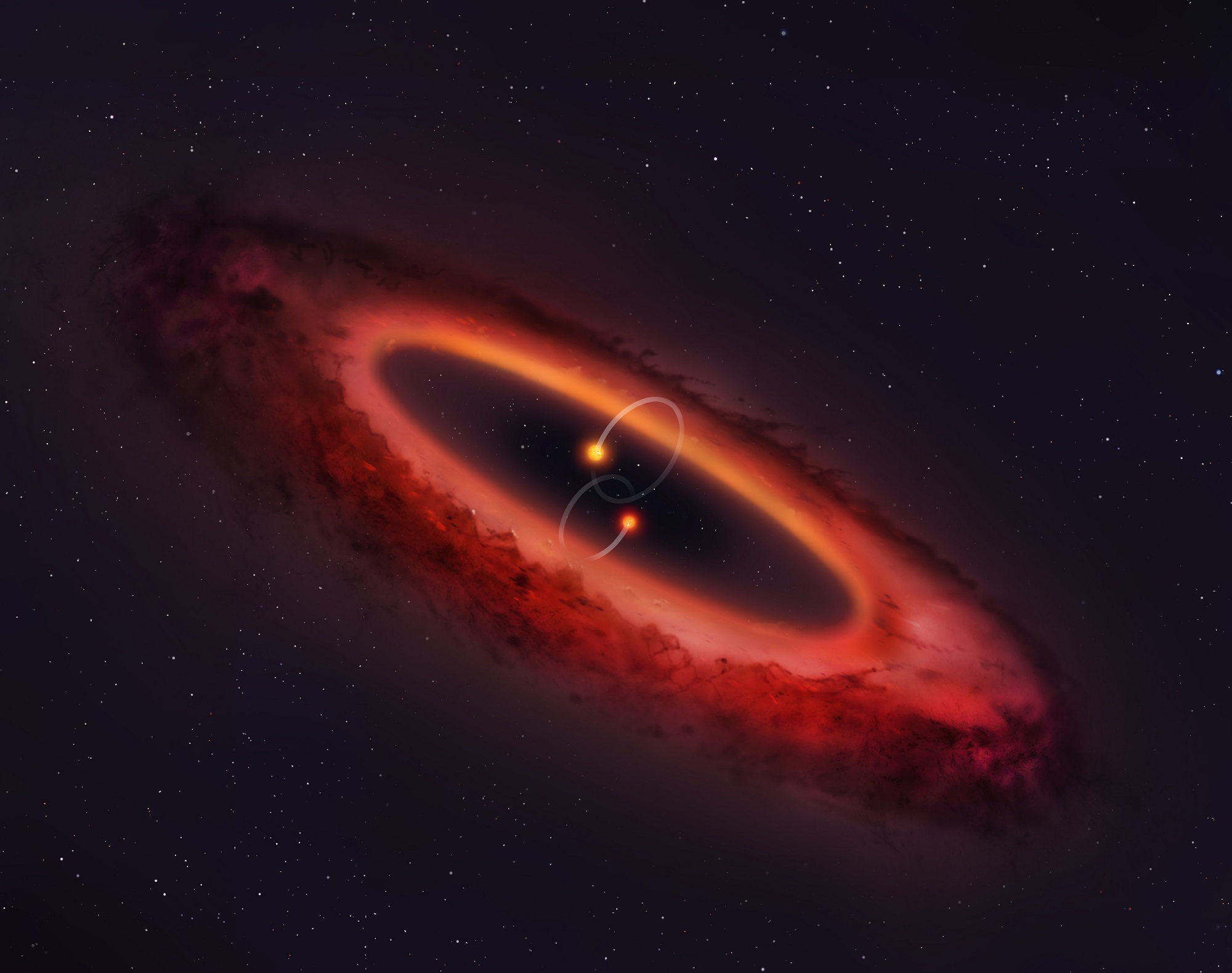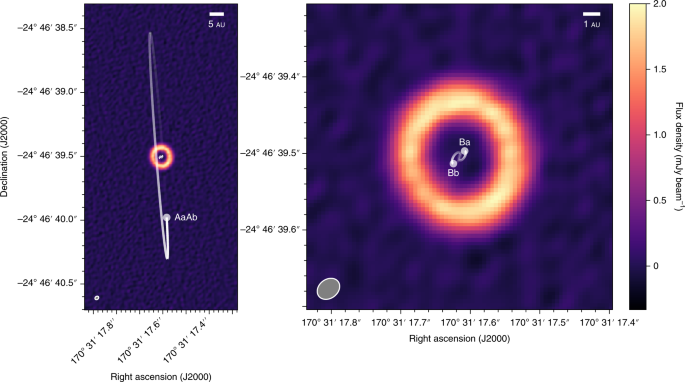This entry will be a bit … technical.
Nyauthai AA-A h0 A holds two records. First it has the largest semi major axis for a B (Blue-White super giant) Star with a value of 51478664314880.0 meters (ca. 344.1 au).
I now wanted to know what the circumference of this orbit is. An exact solution exists. The problem is it is an integral without an analytical solution. And since I intended to do this calculation for all (discovered) bodies in the galaxy calculating said integral would have slowed down the already slow search algorithm even more.
Fortunately had
Srinivasa Ramanujan discovered a fantastically good approximation for the circumference of an ellipse. He published it in his paper "
Modular equations and approximations to π" in Quarterly Journal of Mathematics, XLV, 1914, 350 -- 372 (paragraph 16).
So the circumference can be approximated:
View attachment 131719
in which
View attachment 131720
with < a > as the semi major axis and < b > the semi minor axis. The latter is not available in the EDSM data but can easily be calculated since the (I think linear) eccentricity (epsilon) of the orbit is available:
View attachment 131721
Thus the circumference of the orbit of this star is ca. 323110720 Mm. This is a record for this type of star.
Well, in the Orrery that doesn't look spectacular, neither does the given star itself if you look at it:
View attachment 131722
It is a super giant but without a reference it's just another glowing orb in the sky.
But wait, there is another blue-white super giant star just around the corner … well, seen on a galactic scale because it is still 372,485 ls away. And that one has a smaller O star as a really close companion.
So I flew there … and O! M! F! G! … Super giants are huge indeed! Here I am still more than 17 kls away. The little dot I've selected is the companion star which is eight times larger than Sol.
View attachment 131723
So … I got as close as 111 ls to the O star … and … … …
View attachment 131724
… … … I agree that this sight deserves the entry in the GMP. Even though it has nothing at all to do with the intention of this thread

Btw. usually I fly through the gap between close stars … and I regularly fry my ship because of that … but then again, that's what the AFMU's are there for, arent't they. However, this time I was not at all tempted to fly between these two … and not for the first time I thought about sacrificing a bit jump range to install heat sinks for exactly such stunts.
@Heavy Johnson: As said above, if you want to use images to update / extend the GMP, feel free to do so. But please say so in this thread, so that I know when
I'm getting rich and famous I can feel important

 …
…



